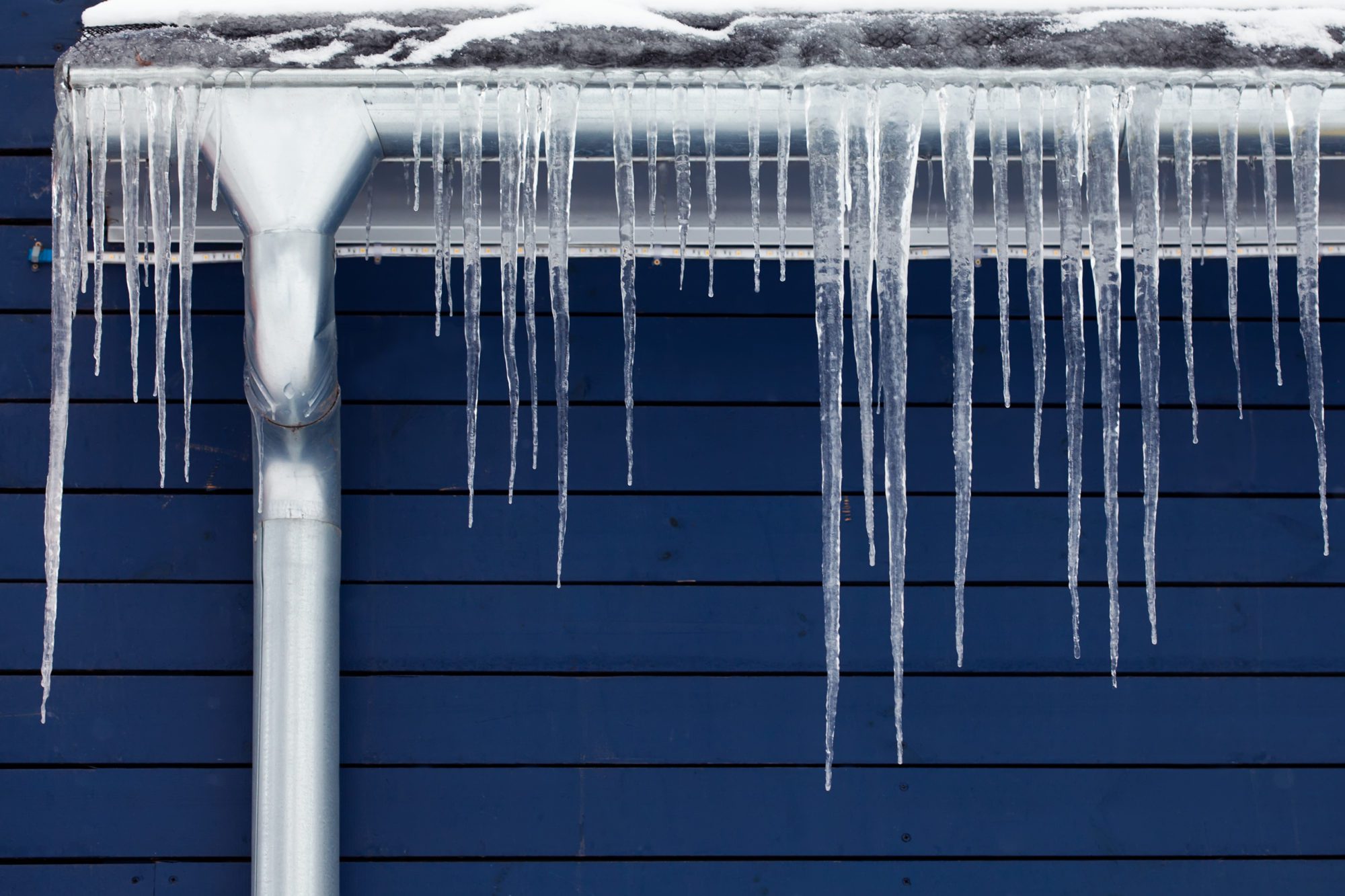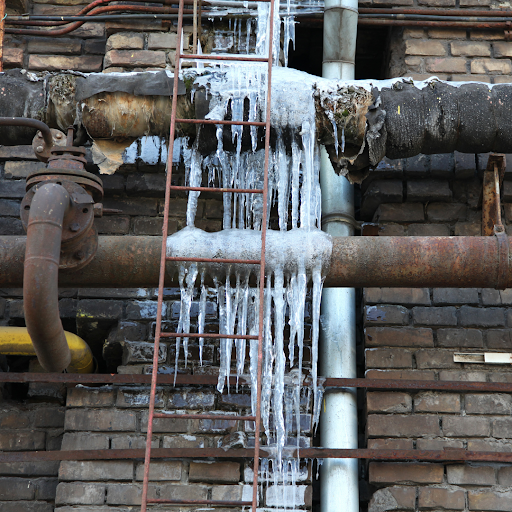What are your thoughts and feelings on How To Avoid Freezing Pipes?

Winter can ruin your pipes, specifically by freezing pipes. Here's just how to prevent it from taking place and what to do if it does.
Introduction
As temperature levels decline, the threat of frozen pipelines rises, potentially bring about pricey repair services and water damage. Comprehending how to prevent frozen pipes is important for house owners in cool environments.
Avoidance Tips
Protecting vulnerable pipes
Cover pipelines in insulation sleeves or utilize warmth tape to secure them from freezing temperature levels. Concentrate on pipelines in unheated or outside areas of the home.
Heating techniques
Keep interior rooms sufficiently heated, specifically locations with plumbing. Open cupboard doors to permit warm air to flow around pipes under sinks.
How to recognize icy pipes
Search for decreased water flow from taps, uncommon smells or sounds from pipes, and visible frost on revealed pipelines.
Long-Term Solutions
Architectural modifications
Think about rerouting pipes away from outside wall surfaces or unheated locations. Include added insulation to attics, cellars, and crawl spaces.
Updating insulation
Buy high-grade insulation for pipelines, attics, and wall surfaces. Appropriate insulation assists preserve regular temperature levels and decreases the threat of icy pipes.
Protecting Outside Pipes
Yard hoses and exterior faucets
Separate and drain yard hoses before winter months. Set up frost-proof spigots or cover outside faucets with protected caps.
Understanding Frozen Pipelines
What triggers pipes to ice up?
Pipelines freeze when revealed to temperature levels listed below 32 ° F (0 ° C) for extended durations. As water inside the pipes ices up, it expands, taxing the pipeline wall surfaces and potentially causing them to rupture.
Threats and problems
Icy pipelines can bring about water supply disruptions, residential property damage, and pricey fixings. Ruptured pipelines can flood homes and trigger comprehensive structural damage.
Indications of Frozen Pipes
Recognizing icy pipes early can stop them from bursting.
What to Do If Your Pipes Freeze
Immediate activities to take
If you presume frozen pipelines, maintain faucets open up to eliminate stress as the ice melts. Use a hairdryer or towels taken in warm water to thaw pipelines slowly.
Conclusion
Stopping frozen pipes requires aggressive procedures and fast actions. By understanding the causes, signs, and preventive measures, property owners can shield their pipes during winter.
5 Ways to Prevent Frozen Pipes
Drain Outdoor Faucets and Disconnect Hoses
First, close the shut-off valve that controls the flow of water in the pipe to your outdoor faucet. Then, head outside to disconnect and drain your hose and open the outdoor faucet to allow the water to completely drain out of the line. Turn off the faucet when done. Finally, head back to the shut-off valve and drain the remaining water inside the pipe into a bucket or container. Additionally, if you have a home irrigation system, you should consider hiring an expert to clear the system of water each year.
Insulate Pipes
One of the best and most cost-effective methods for preventing frozen water pipes is to wrap your pipes with insulation. This is especially important for areas in your home that aren’t exposed to heat, such as an attic. We suggest using foam sleeves, which can typically be found at your local hardware store.
Keep Heat Running at 65
Your pipes are located inside your walls, and the temperature there is much colder than the rest of the house. To prevent your pipes from freezing, The Insurance Information Institute suggests that you keep your home heated to at least 65 degrees, even when traveling. You may want to invest in smart devices that can keep an eye on the temperature in your home while you’re away.
Leave Water Dripping
Moving water — even a small trickle — can prevent ice from forming inside your pipes. When freezing temps are imminent, start a drip of water from all faucets that serve exposed pipes. Leaving a few faucets running will also help relieve pressure inside the pipes and help prevent a rupture if the water inside freezes.
Open Cupboard Doors
Warm your kitchen and bathroom pipes by opening cupboards and vanities. You should also leave your interior doors ajar to help warm air circulate evenly throughout your home.

Do you enjoy reading about How To Avoid Freezing Pipes? Try to leave feedback down the page. We would be happy to find out your suggestions about this blog post. We are looking forward to see you back again later on. Appreciated our write-up? Please share it. Let another person find it. I praise you for your time. Come back soon.
Book A Service
Comments on “Avoiding Frozen Pipes in Winter: Key Strategies”